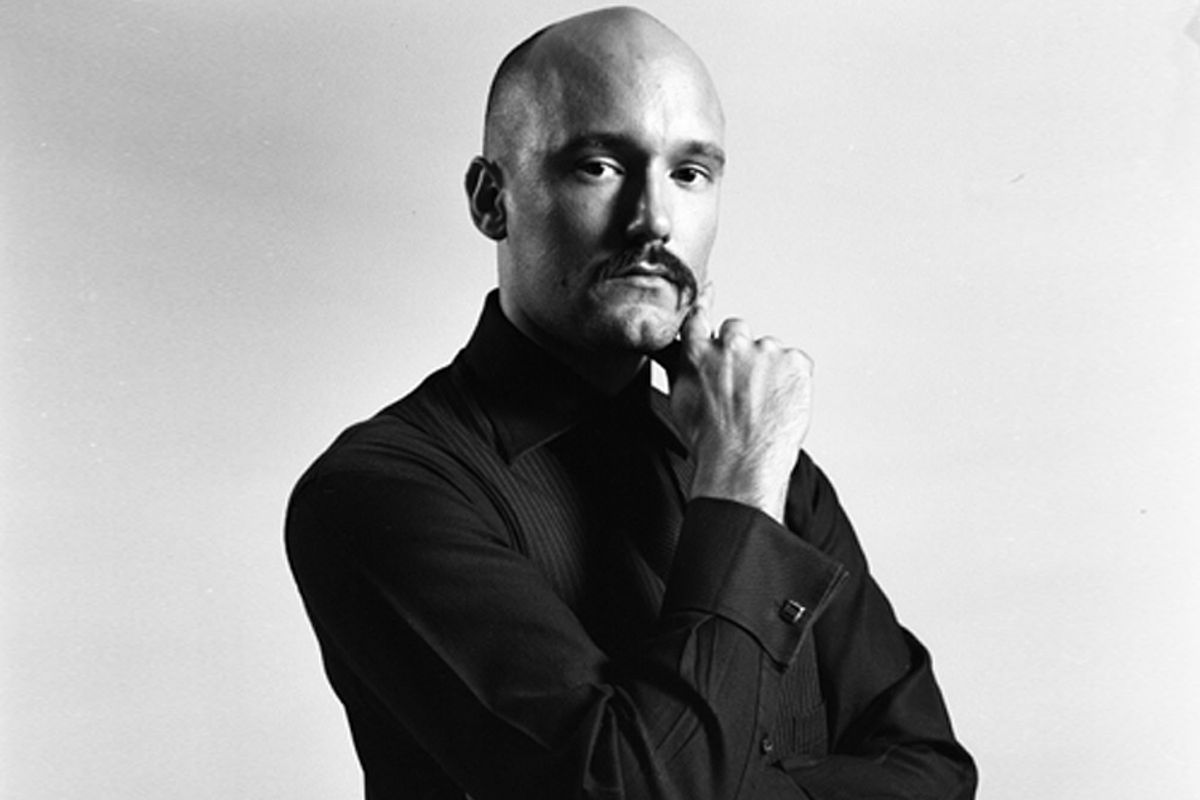What do you do? I create installations using ubiquitous objects; light as an unseen entity, as well as drawings on paper, which challenge the notions of space and form. In simplest terms, though, I’m a light sculptor. I make art out of light. In doing this, my ultimate goal is to enable a direct dialogue between the sculpture and the space it inhabits. Even with light, the way I work is similar to the way I draw, however, instead of just two dimensions, with light, I’m working in three.
When I start a new piece, I’m constantly adding and editing it as I move through the space. I’m working with light the same way another artist might chip away at clay or marble, I’m shifting it, I’m moving it, I’m manipulating it to take shape, to become a form. In our everyday lives, light is there, but it’s often just overlooked or taken for granted. Which is why, for me, it’s an unseen medium. I make people look at something they’re always seeing.
How would you describe your work? My sculptures are made from found objects that when they are interconnected as modular elements, create new forms. In my installations, these constructions are completely separated from their prior lives and repurposed in ways that are no longer utilitarian, but rather conceptual. Once removed from their traditional context, the objects’ interaction with the environment becomes unpredictable and unstable. Similarly, I also incorporate the traditional medium of drawing on paper, but then I render those two-dimensional pieces into three-dimensional sculptures by folding the paper into shapes.
What are you most inquisitive about? I am inquisitive about human memory, and how events are experienced by various people. The same event can be imprinted in people’s minds so differently. It’s incredible for me how individuals view and react to the same moments so contrarily—especially when it comes to art. If you stop and consider it, one event can actually become multiple events through the lens of different people’s minds and experiences. The same way a prism shifts and bends lights to show all the colors of white light, people’s minds shift and bend an experience to reveal all its different layers.
I also consider how people feel and react to pattern. I’m fascinated by the way repetition of an object or event impacts an individual’s sense of ease and normalcy. You can even see this in a person’s apparel. Contrary to this, I become most inquisitive in moments where I feel uncomfortable or uneasy. I find instability and uncertainty allows me to find and draw out the potential of something new.
What curiosity does your work satisfy?
I believe my work satisfies many different curiosities for most viewers, however, for me it is a place that allows me to satisfy my curiosity of how people deal with space and how it impacts us differently.
What drives your curiosity? My curiosity is driven by the curiosity of others. I want to be a catalyst to a viewer’s reaction. But to get people to ask questions, I need to continuously ask questions and then even more questions. Once an installation is up, the inquisitiveness doesn’t end, I inquire about the impact the objects and the space are having on the human mind.
Since I’m working with light, I’ll indulge myself one light-bulb metaphor. When you’re in a dark room, there’s a sense of uncertainty about what’s going on around you, you’re not sure of what you’re seeing, or maybe even who is standing next to you. With my work, turning on the light doesn’t necessarily change that feeling. The lights might be on, you might even walk into a fully lit room, but you’re still not sure of exactly what you’re seeing. This happens every day, whether it’s watching a news story that just seems too unreal to process, or just a certain way the light catches an angle to create an illusion. Turning on a light might seem like a simple solution, but it rarely is.
How do you keep things curious? Through my sculptures, I attempt to trigger and explore intellectual and emotional reactions to the ways objects interact with their environment. The work creates new levels of tension and dynamism within the installation and surrounding. The repetition of elements form patterns which trigger feelings of familiarity that play against this sense of dynamic inconsistency.
What’s your next project? I have a bunch of shows coming up. I’m doing a group show at Kendall College of Art and Design in Indiana this September. I’m also included in the “MICA Then/Now” group show at the Kunsthalle Beacon in Beacon, N.Y. Then in spring 2014, I’m doing a solo show at Fairfield University in Connecticut.
Where do you mine inspiration? My inspiration comes from the things that came before me, and my surrounding environment.
Is your work for now or later? Omnipresent: It is for now, but it also references the past. I want my work to be a thought-provoking investigation that strikes a moment which is continually becoming.
For more on Jason Peters visit JasonPeters.com



Shares